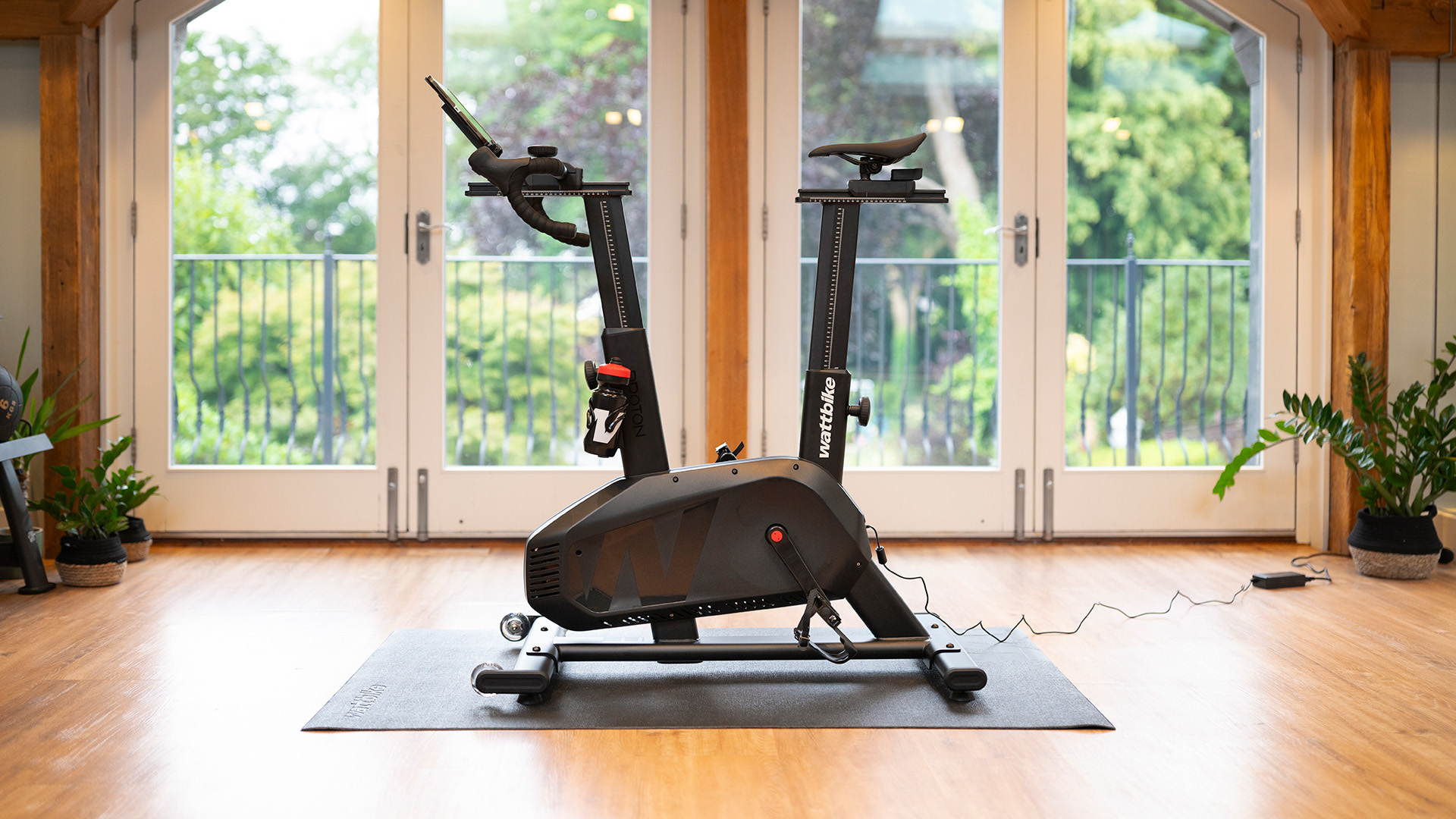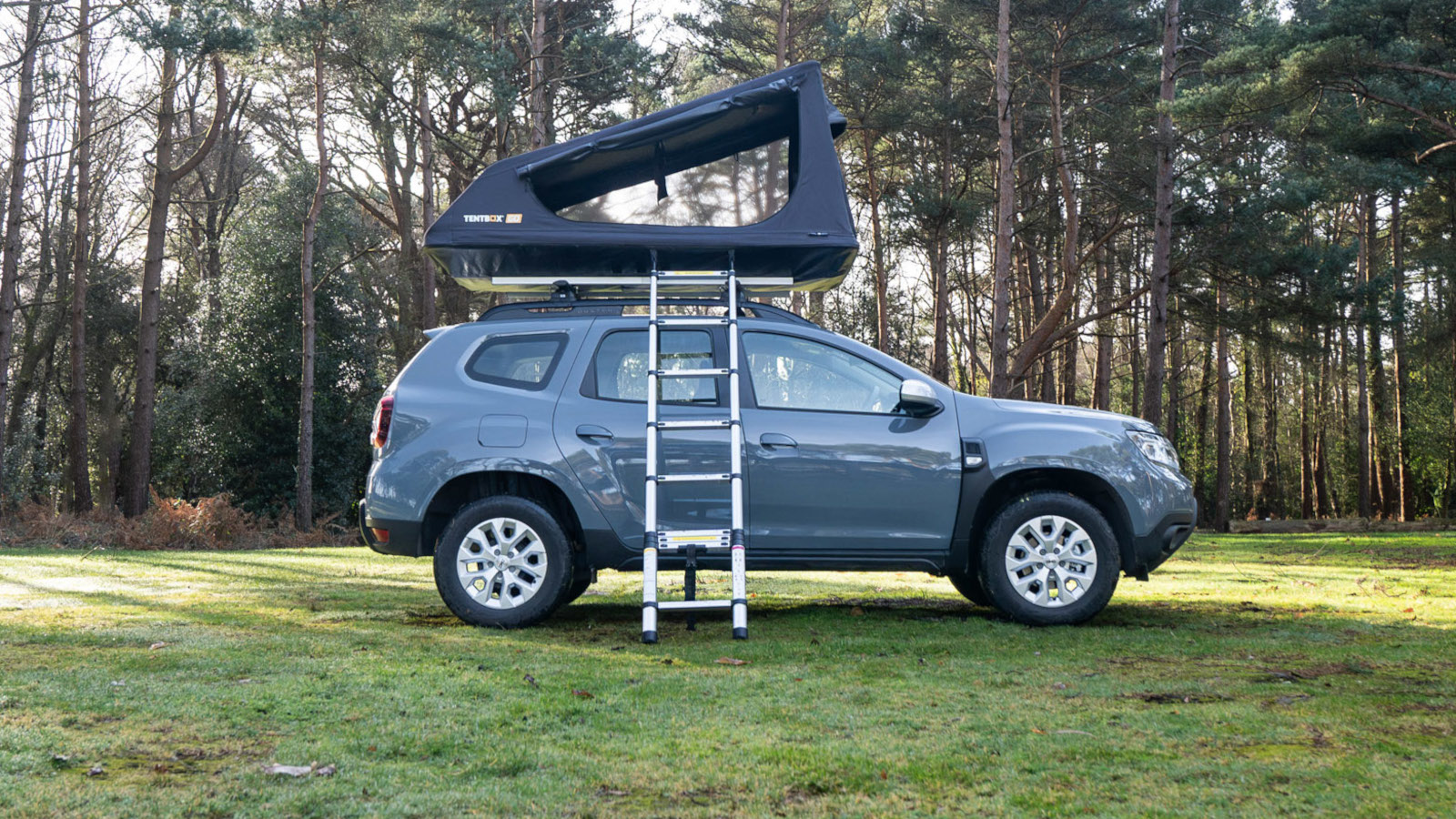

With new year's eve just around the corner, many people will start thinking about exercising more. And while it's beneficial to exercise more to lose weight and improve health, recent research from the University of Sydney claims you can significantly reduce the risk of cancer and cardiovascular disease mortality by doing only 1-minute bursts of exercise a few times a day.
Researchers observed over 25,000 'non-exercisers' (mean age 61.8 years, 14,178 women/11,063 men) for an average of 6.9 years to find that brief bursts of vigorous intermittent lifestyle physical activity (VILPA) were associated with 38%-40% reduction in all-cause and cancer mortality risk and a 48%-49% reduction in CVD mortality risk.
"Moreover, the sample median VILPA duration of 4.4 min per day was associated with a 26%-30% reduction in all-cause and cancer mortality risk and a 32%-34% reduction in CVD mortality risk", the study adds, meaning that only four sessions of one minute-long exercise sessions are enough to help you potentially live longer And we thought HIIT was the most time efficient workout mode to improve cardiovascular fitness.

Running after the bus can help you live longer
VILPA can be any activity that elevates the heart rate, such as running up the stairs or brisk walking to catch the train. "Upping the intensity of daily activities requires no time commitment, no preparation, no club memberships, no special skills", Emmanuel Stamatakis, lead author of the paper and Professor of Physical Activity, Lifestyle and Population Health at the University of Sydney's Charles Perkins Centre, told ScienceDaily, "It simply involves stepping up the pace while walking or doing the housework with a bit more energy."
Interestingly, researchers used wearable data to "capture unexplored movement patterns", the paper says. The best Fitbits and many of the best fitness trackers are famous for monitoring and recording said movement patterns, even if users don't log them as workouts; Fitbit's Active Zone Minutes feature is built around this concept.
We'd recommend exercising for longer if you want to lose weight or build muscle; however, four minutes a day might be enough to prolong your life, and we hope that even lazy people agree that doesn't sound like too much effort for a lot of gains. You can read the research paper titled "Association of wearable device-measured vigorous intermittent lifestyle physical activity with mortality" here.
Sign up to the T3 newsletter for smarter living straight to your inbox
Get all the latest news, reviews, deals and buying guides on gorgeous tech, home and active products from the T3 experts

Matt Kollat is a journalist and content creator who works for T3.com and its magazine counterpart as an Active Editor. His areas of expertise include wearables, drones, fitness equipment, nutrition and outdoor gear. He joined T3 in 2019. His byline appears in several publications, including Techradar and Fit&Well, and more. Matt also collaborated with other content creators (e.g. Garage Gym Reviews) and judged many awards, such as the European Specialist Sports Nutrition Alliance's ESSNawards. When he isn't working out, running or cycling, you'll find him roaming the countryside and trying out new podcasting and content creation equipment.
-
 Is this Adidas’ next record-breaking running shoe?
Is this Adidas’ next record-breaking running shoe?With new technology and stiff competition, Adidas’ latest racing shoe aims to leave rivals in the dust
By Matt Kollat
-
 Proton power: Wattbike’s latest bike lights up the at-home fitness scene
Proton power: Wattbike’s latest bike lights up the at-home fitness sceneWattbike’s Proton provides a spin class experience without the awkward eye contact
By Matt Kollat
-
 Segway’s ZT3 Pro brings speed, power, and adventure to electric scooters
Segway’s ZT3 Pro brings speed, power, and adventure to electric scootersPre-order now, thank us later
By Matt Kollat
-
 Amazfit T-Rex 3 is rugged enough to survive your next adventure and probably the one after that
Amazfit T-Rex 3 is rugged enough to survive your next adventure and probably the one after thatAmazfit’s new smartwatch has a 27-day battery, dual GPS, 170+ sport modes, and advanced fitness features
By Matt Kollat
-
 Zwift 10th anniversary update delivers new worlds, enhanced HUD, and improved challenges
Zwift 10th anniversary update delivers new worlds, enhanced HUD, and improved challengesZwift celebrates the important milestone in style with a heap-load of updates
By Matt Kollat
-

 Why an e-scooter is the best commuting buddy for university students
Why an e-scooter is the best commuting buddy for university studentsPortable, powerful and fun: e-scooters have all the qualities to make them the ultimate micro-commuting machines for uni students
By Matt Kollat
-
 Sky-high slumber, ground-level costs: TentBox GO elevates budget-friendly rooftop camping
Sky-high slumber, ground-level costs: TentBox GO elevates budget-friendly rooftop campingMake rooftop camping utterly hassle-free with the lightweight Tentbox GO
By Matt Kollat
-
 Bagels, beanies, and blazing fast shoes: New Balance unveils this year’s New York City Marathon Collection
Bagels, beanies, and blazing fast shoes: New Balance unveils this year’s New York City Marathon CollectionWhy just run the marathon when you can wear it?
By Matt Kollat

